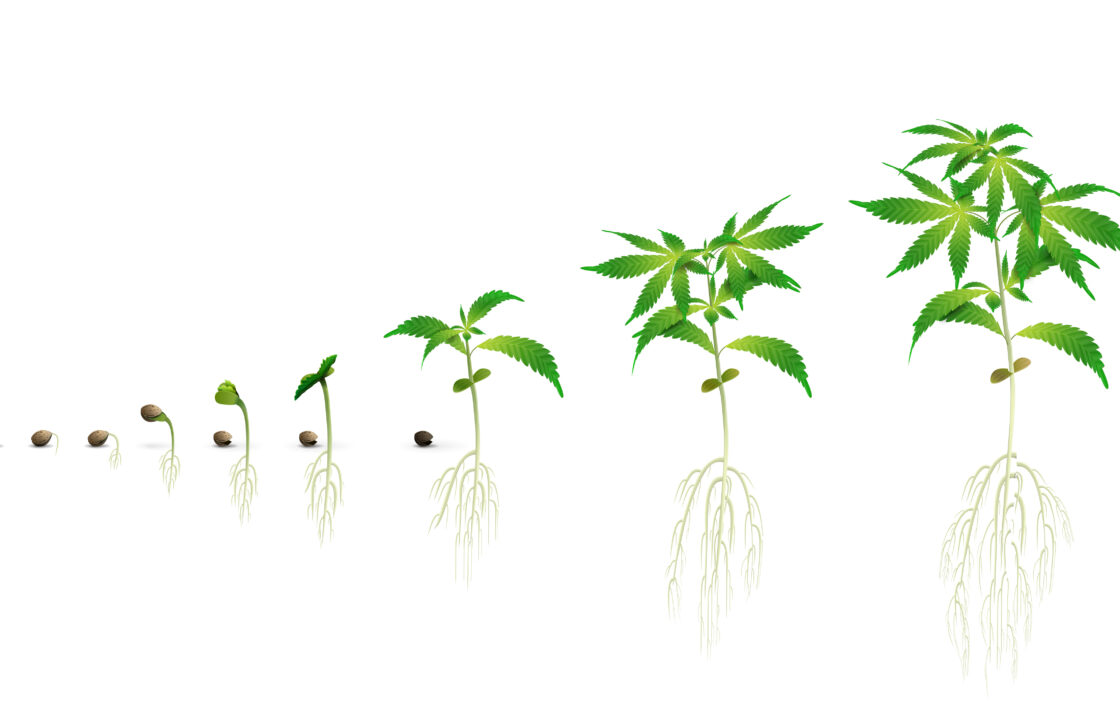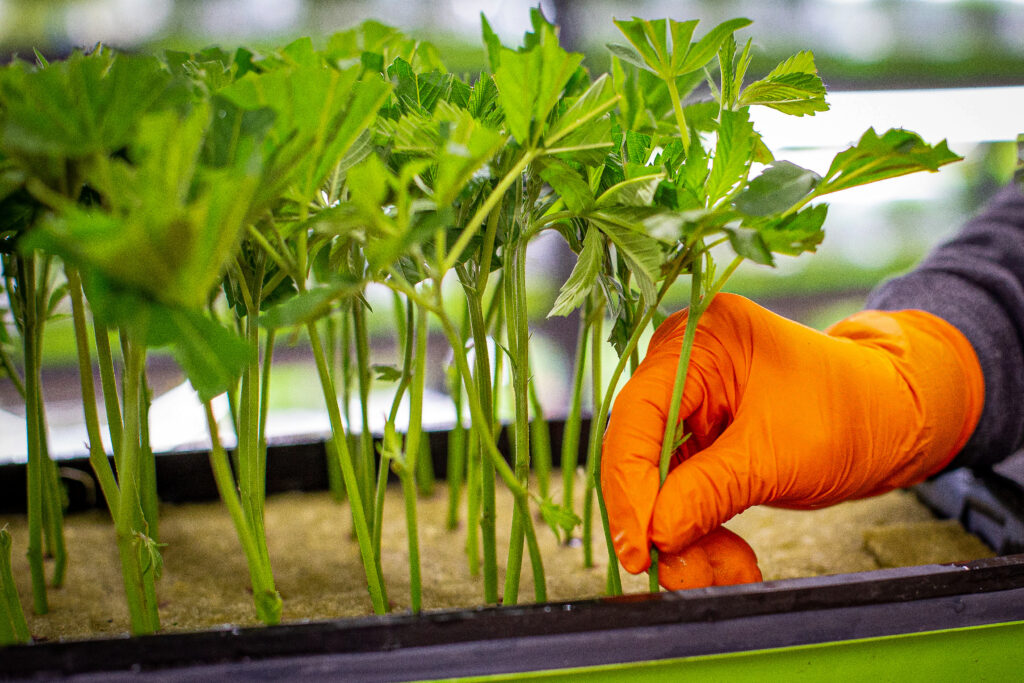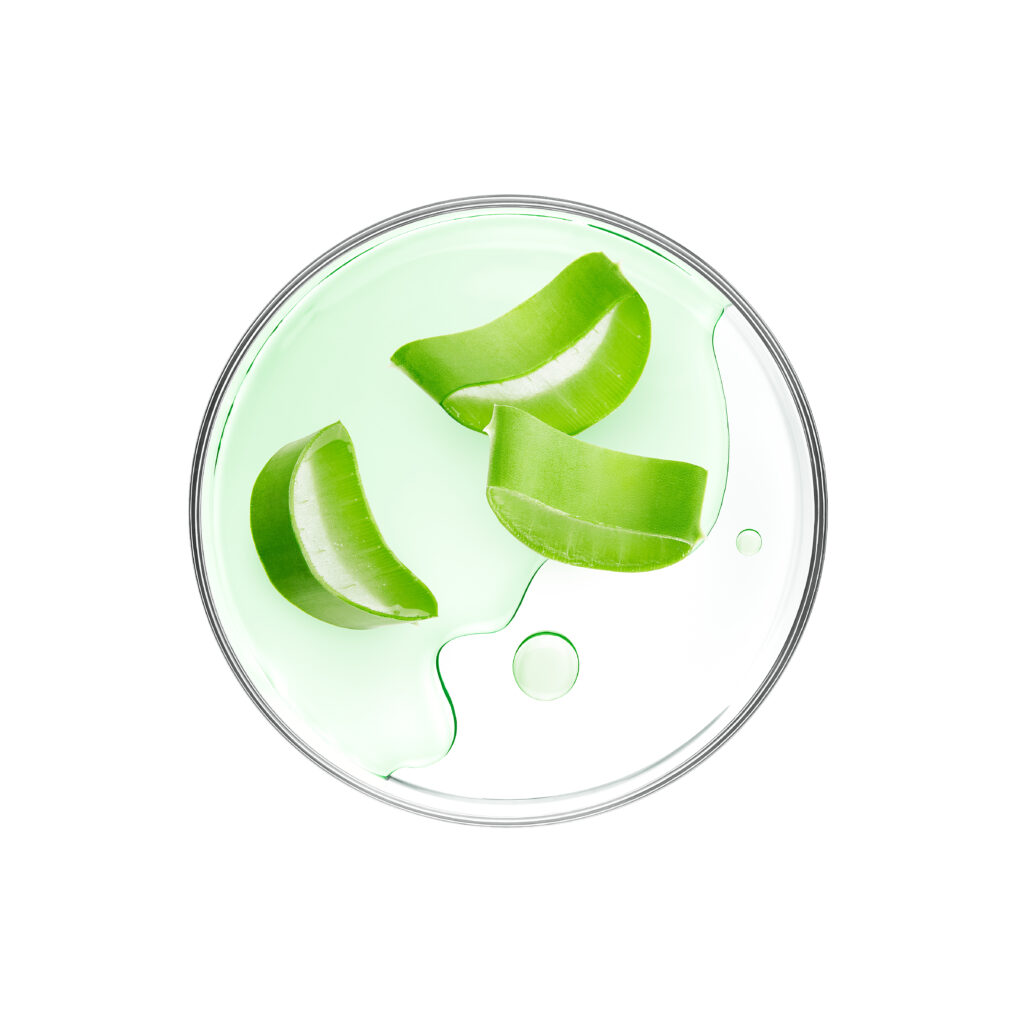
- March 27, 2024
- 0 comments
- 593 Views
Growers can start cannabis cultivation from seeds, clones or tissue culture.
Starter plants are crucial to successful cannabis cultivation. They are the foundation for high-quality genetics and cannabinoid-profile consistency. But they can also introduce problems out of the gate, particularly pests and diseases. For example, hop latent viroid (HLVd), also known as dudding disease, one of the biggest threats to cannabis production,[1] can easily spread through infected propagation material.

Deciding whether to start with seeds, clones or tissue culture depends on a grower’s resources, skills and preferences. This blog post explains the differences among them and the pros and cons of each.
Seeds
Growing cannabis from seed is the most inexpensive way to get started with cannabis production, but it is also the lengthiest.
A seed must germinate, root and shoot before it can be transplanted into another growing medium. It takes about 12 to 14 weeks to go from planting to harvest, compared to 10 weeks for cloning or tissue culture.
Unless using feminized seeds,[2] growers also need to identify and discard any male plants. Only female plants are grown for medicinal or recreational cannabis, as the unfertilized, seedless flowers contain the highest amount of cannabinoids.[3] Therefore, the male plants must be removed to prevent pollination.
It takes even longer to bring cannabis to market if growers need to identify which phenotype of a strain to use for production—what we call a pheno-hunt. This involves cultivating plants and evaluating them for desirable traits, such as their cannabinoid concentrations, specific terpenes, physical attributes and resilience to stressors, pests and disease. The phenotype with the most desirable traits can be then cloned or used in tissue culture for mass production.
Starting from seed also carries the highest risk of infestation or disease. Germination room hygiene is essential.
Clones


The benefit of cloning is that every plant is female and has the desired traits because it is an exact copy (i.e., having identical genomes) of the original plant. This helps maintain the desired genetic consistency across plants, ensuring that the proportions of active metabolites—the compounds responsible for the plant’s effects—are retained.[4]
One mother plant can typically yield from 500‒600 clones, ensuring consistent harvests. Growers are also less likely to encounter pests and diseases because the plants are grown in a controlled environment. However, it is possible that the mother plant could be an asymptomatic carrier of dudding disease. If that is the case, the clones could also carry and further spread the disease.
Tissue Culture
Tissue-culture propagation, also known as micropropagation, is similar but not identical to cloning.
Micropropagation is an in vitro process.[5] Instead of replanting cuttings, growers take small pieces of the donor plant, called the explant, sanitize them and transplant them into a sterile artificial medium, where they will grow into clones.
Because these plants are raised in a sterile environment, they are ideal donor plants themselves. Growers can create more cannabis plants from them via cloning or further micropropagation.
The benefit of using this technique is the ability to produce disease- and pest-free plants, while maintaining the elite genetics of the donor plant. However, it comes at a higher cost, as growers must provide everything the plants require, including macro and micronutrients, carbohydrates, growth hormones and artificial light for photosynthesis.

Differences between seed, clone and tissue-culture propagation
Parameters
Seeds
Clones
Tissue Culture
Genotype
In hybrids, the genotype is different for each seed, resulting in different flavors, fragrances, colors and yields. In feminized seeds, the genotypes are close to one another.
Same as the donor plant
Same as the donor plant
Preferred method of cultivation
Outdoors
Indoors
Indoors
Planting to harvest time
Slow, around 12 – 14 weeks
Quick, around 10 weeks
Quick, around 10 weeks
Pathogen or disease chances
Chances of seedlings infected with mites, sucking pests, powdery mildew or hop latent viroid (dudding disease)
Lower chance of problems because grown in controlled conditions, but could carry diseases or pests if cuttings come from an infected donor plant. If the donor plant was an infected or asymptomatic carrier for hop latent viroid, problems can carry forward.
Unlikely to have problems, as it is grown in clean, sterile conditions.
Cost
Low
Medium
High
Storage
2 – 3 years
1 week
1 week in controlled conditions
Multiplication rate[6]
One plant can yield thousands of seeds under open pollination (100–200 seeds from a feminized plant).
150 – 200 clones from a month-old vegetative plant
Summary
This is the cheapest method, but cannabis seeds need to be feminized (through a chemical process) prior to germination. Otherwise, approximately half of them will produce male plants. Plants grown from seed take the longest to mature and may not be identical to the parent plant, depending on the source of the cannabis seed.
Growing new cannabis plants from cuttings of a mature plant is the quickest way to get mature (female) plants. One plant can typically yield 500‒600 clones through this method over its lifetime, and each is an exact copy of the donor (often called the mother) plant.
The advantage of tissue culture is that it is done under sterile conditions. This prevents the spread of diseases or pests. The new plants are clones of the parent, so they have identical buds and flowers.
The Emerald Harvest Team
[1] https://doi.org10.3390/v15030681
[2] There is a small chance that hermaphroditic plants will grow from feminized seed.
[3] https://www.sciencedirect.com/topics/biochemistry-genetics-and-molecular-biology/female-plant
[4] Ibid.
[5] In vitro means “in glass.” The term micropropagation comes from the fact that plants grown in vitro are smaller than plants grown in soil (in vivo). Source: https://doi.org/10.1016/B0-12-227620-5/00124-5
[6] 10.1016/j.jarmap.2015.03.002